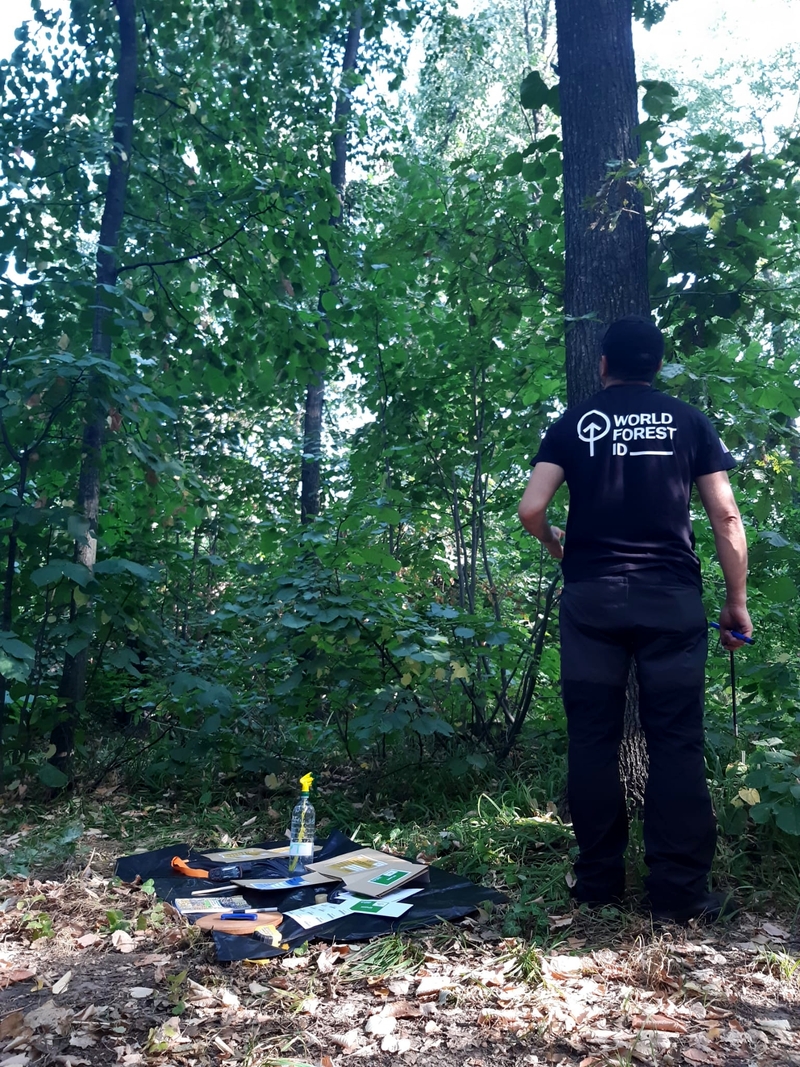[Science News] - A framework for tracing timber following the Ukraine invasion
Forest preservation has become a global priority. However, deforestation and illegal timber trade remain persistent issues threatening these ecosystems. Researchers have developed innovative scientific methods to identify timber origins and combat these harmful practices, a study that has just been published in the prestigious journal Nature Plants (1). Following the invasion of Ukraine by Russia, the legality status of timber from Russia and Belarus was changed, highlighting the urgent need for reliable methods to verify timber origin claims. With this goal in mind, an international team of researchers has developed sophisticated methods, combining techniques such as Stable Isotope Ratio Analysis (SIRA) and Trace Element Analysis (TEA), to establish robust models for verifying and determining timber origin.
 Concretely, we collected thousands of wood samples from 24 species across 12 countries. A subset of samples were analysed via stable isotope ratio analysis and trace element analysis. These techniques provide a chemical fingerprint of the wood, which relates to the location where that specific tree was grown. By combining these data with species distribution data into a machine learning model, we are now able to accurately predict where a piece of wood originated from.
Concretely, we collected thousands of wood samples from 24 species across 12 countries. A subset of samples were analysed via stable isotope ratio analysis and trace element analysis. These techniques provide a chemical fingerprint of the wood, which relates to the location where that specific tree was grown. By combining these data with species distribution data into a machine learning model, we are now able to accurately predict where a piece of wood originated from.
The study led to the creation of an extensive reference database on Eastern European timber, including birch, beech, pine, and oak, tailored to products under sanctions after the Ukraine invasion. These data facilitated the development of methods to verify the authenticity of timber origins and even accurately predict the location of its harvest.
"We are delighted to present these significant advancements in the fight against illegal timber trade," says Victor Deklerck, Director of Science at World Forest ID, based at Meise Botanic Garden. "Our methods offer a concrete solution to ensure that the timber used comes from legal and sustainable sources, thereby contributing to the preservation of these precious forest ecosystems. Thanks to these new scientific methods, inspectors from Belgium's Federal Public Service (FPS) Environment recently found evidence that Russian timber was being imported despite the embargo."
This study was a collaboration between World Forest ID, Ghent University, Preferred by Nature, Royal Botanic Gardens, Kew, Agroisolab GmbH and the University of Gothenburg.
(1) Publication:
A framework for tracing timber following the Ukraine invasion.Thomas Mortier, Jakub Truszkowski, Marigold Norman, Markus Boner, Bogdan Buliga, Caspar Chater, Henry Jennings, Jade Saunders, Rosie Sibley, Alexandre Antonelli, Willem Waegeman, and Victor Deklerck. Nature Plants.
DOI : 10.1038/s41477-024-01648-5
Link : https://www.nature.com/articles/s41477-024-01648-5



